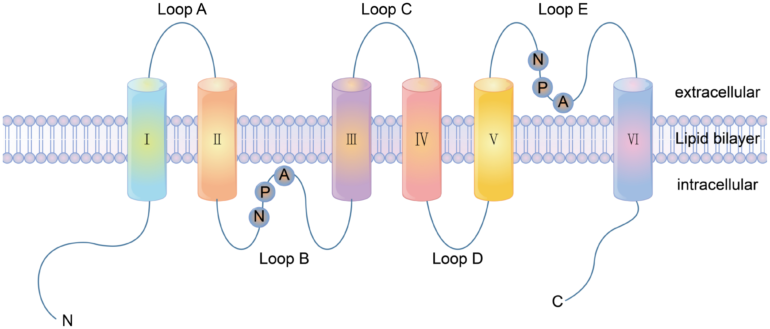Only one year after introducing a new concept to membrane carriers, Werner Nau, Professor of Chemistry, and fellow researchers from Constructor University in Bremen, Universidade de Santiago de Compostela and the Czech Academy of Sciences celebrate yet another breakthrough in chemical cell biology. The results have been published in the Journal of the American Chemical Society in June 2023.
Efficient transport of peptides into the cell interior is emerging as a key technology in modern medicine. However, the membrane acts as a selective barrier that hinders the passage of hydrophilic molecules such as peptides and other interesting bioactive compounds. Different synthetic vehicles for those cargos are constantly being sought to complex and protect peptides throughout their journey, preventing their degradation and achieving their efficient release at the desired location.
Researchers from Constructor University in Bremen, in collaboration with researchers at the Universidade de Santiago de Compostela (Spain) and the Czech Academy of Sciences have now reported a new class of membrane carriers.
Known as cobalt bisdicarbollides or COSANs (“CObalt SANdwich complexes”), the new carriers behave as efficient and selective molecular transporters for water-soluble cationic peptides, both in artificial membrane models and living cells.
“We present their use as transporters of peptides, which would otherwise be impermeable, across artificial and cellular membranes without causing membrane leakage,” said Andrea Barba-Bon, postdoctoral researcher at Constructor University. “Although they have already been employed in many different fields related to biology and medicine, this is the first time COSAN sandwich clusters have been confirmed to act as selective membrane transporters for cationic peptide cargos.”
The new carriers owe their membrane carrier activity due to their so-called “superchaotropic” property, which means that the clusters are both highly hydrophilic (water-soluble), but at the same time also highly lipophilic, that is, soluble in lipids and also lipid membranes. “When dissolving in the membranes, they can carry other molecules such as peptide drugs with them,” said Nau, whose team collaborated with the group of Klaudia Brix, Professor of Cell Biology, and that of Mathias Winterhalter, Professor of Biophysics at Constructor University.
In presenting this new discovery, the German-Spanish team is following up on their new concept to membrane carriers introduced only one year ago. The new family of boron clusters opens new research directions and reinforces the international interdisciplinary collaboration. The new cluster carriers excel in regard to their high activity and have additional advantages compared to previously known membrane carriers.
“Compared to other clusters, COSANs appear to be more selective, primarily transporting cationic peptides,” said Javier Montenegro from the Universidade de Santiago de Compostela. These new boron-based compounds could have a future impact in the field of drug delivery, offering a new strategy to overcome membrane natural barriers and improve the effectiveness of peptide-based therapies.
More information:
Yao Chen et al, Metallacarborane Cluster Anions of the Cobalt Bisdicarbollide-Type as Chaotropic Carriers for Transmembrane and Intracellular Delivery of Cationic Peptides, Journal of the American Chemical Society (2023). DOI: 10.1021/jacs.3c01623
Provided by
Constructor University
Citation:
Researchers discover new class of membrane carriers (2023, June 16)



